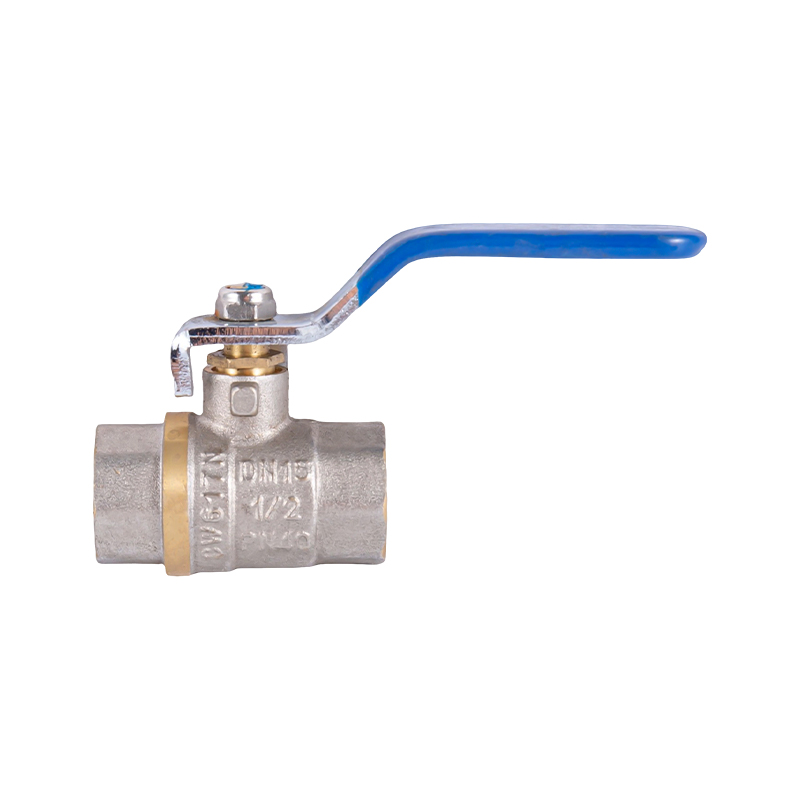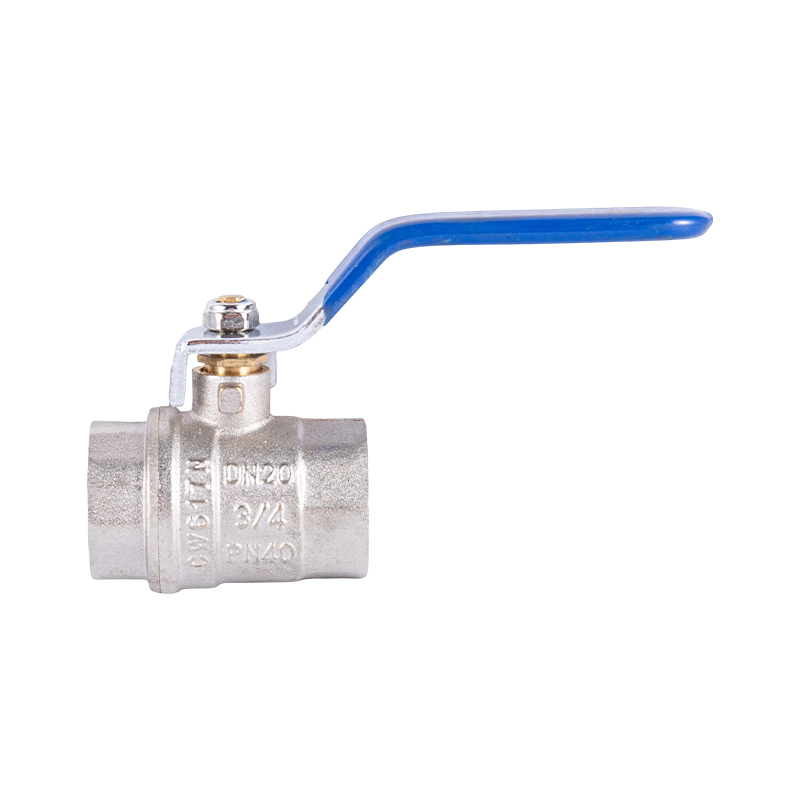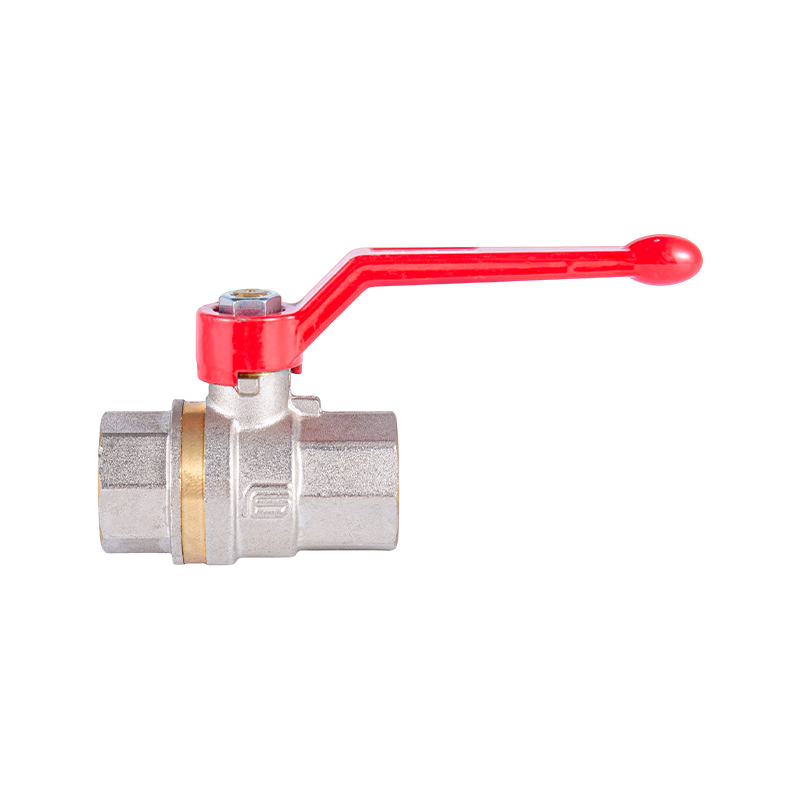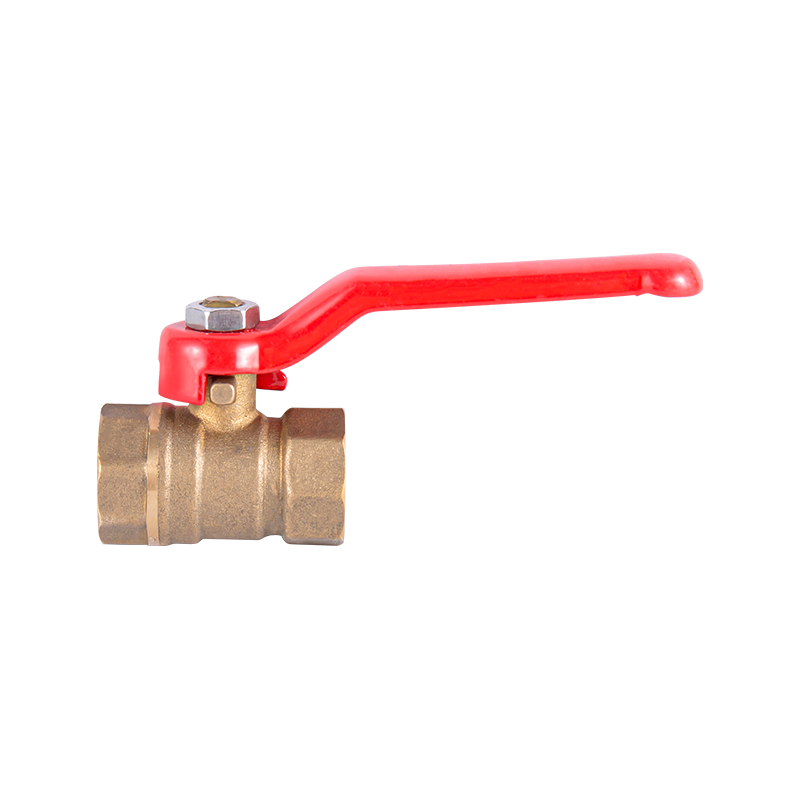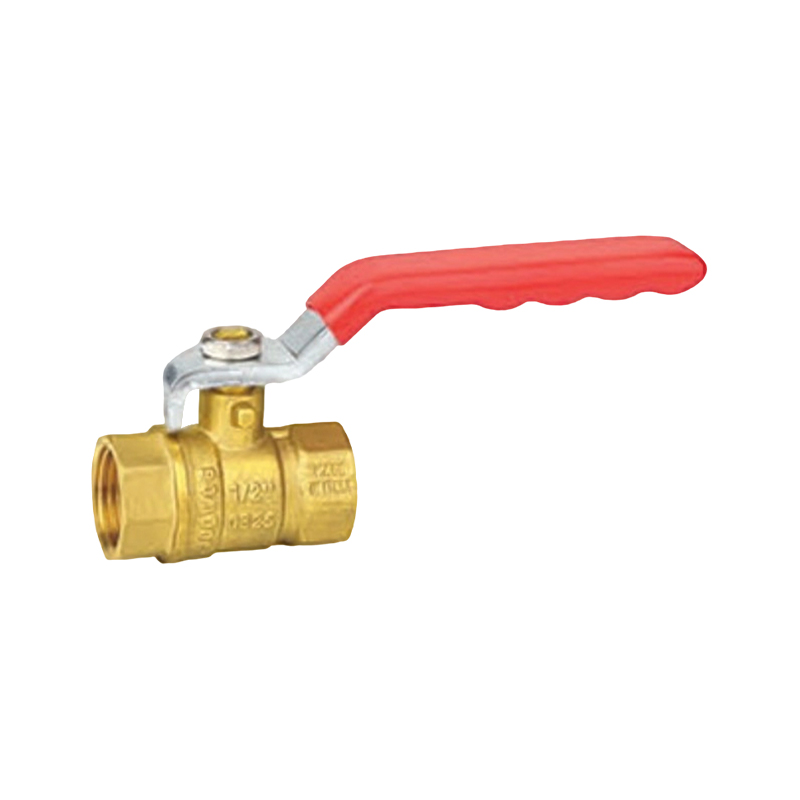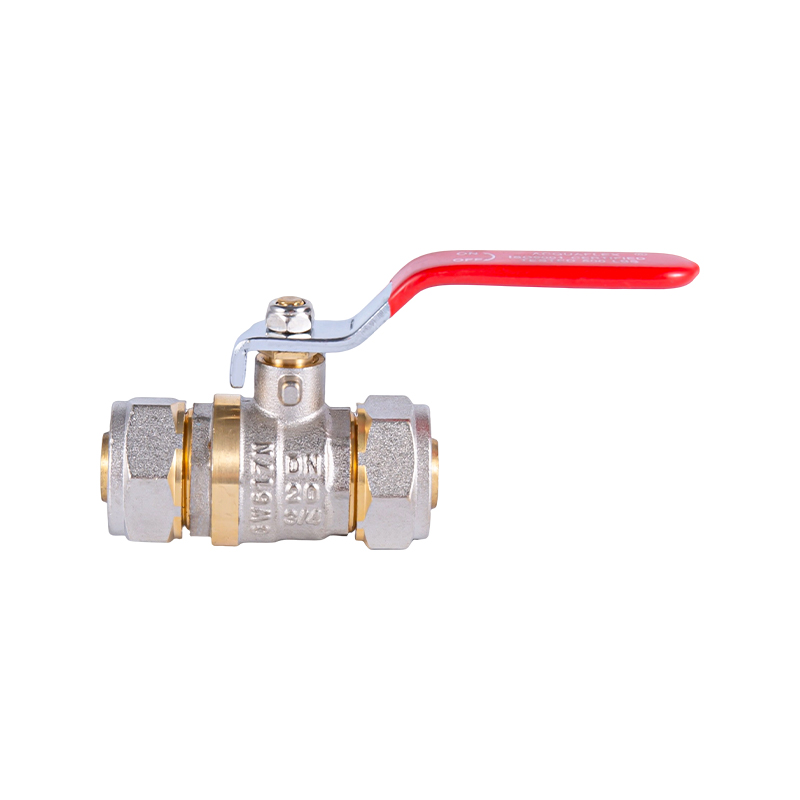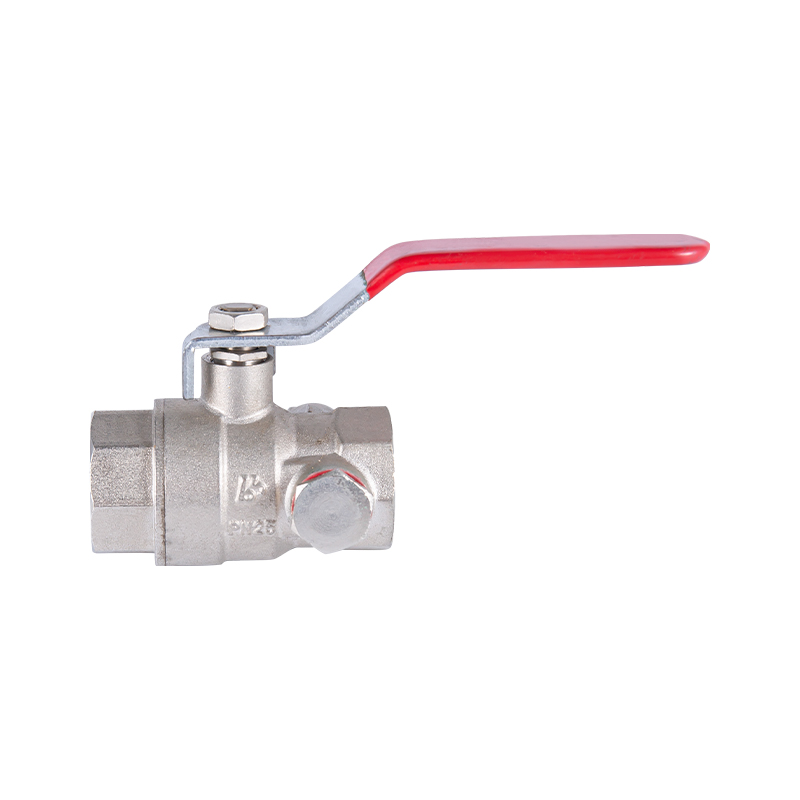How the Mini Valve Improves Fluid Control Efficiency?
In various industries, from water treatment to chemical processing and medical equipment, precise control of fluid flow is an essential requirement. One component that has steadily gained attention for its reliable performance in compact systems is the Mini Valve. Designed for systems where space is limited but control remains important, the Mini Valve offers a practical solution for enhancing fluid control efficiency without occupying excessive space.
A Mini Valve functions similarly to larger valves but is constructed in a smaller form factor, making it suitable for compact pipelines, laboratory setups, and specialized industrial equipment. The compact size of the Valve allows it to be installed in tight spaces where standard valves might be impractical, providing flexibility in equipment layout and system design.
One of the primary advantages of using a Mini Valve is its ability to offer precise regulation of fluid flow. Whether managing liquids, gases, or chemicals, the Valve can be adjusted to control the volume and pressure passing through a system. This makes it especially valuable in situations where exact measurements and steady flow rates are required to maintain the quality and safety of processes.
Durability is another reason why industries favor the Mini Valve. Despite its small size, it is often made from robust materials such as brass, stainless steel, or high-quality plastics, which resist corrosion and wear from continuous use. This means a Valve can handle a range of fluid types, including water, oil, gas, and aggressive chemicals, without losing functionality over time.
The Mini Valve also contributes to operational efficiency by reducing installation time and maintenance needs. Its compact design typically results in fewer components and easier assembly within existing systems. When maintenance is required, the Mini Valve can usually be accessed and serviced without disassembling large sections of piping, reducing downtime and labor costs.
Another important feature of the Valve is its versatility. It is available in a variety of configurations, such as ball valves, needle valves, and check valves, each suited for specific applications. This allows engineers and technicians to select the appropriate Mini Valve type based on the needs of their system, whether they require quick shut-off capabilities, gradual flow adjustments, or backflow prevention.
Fluid control systems benefit from the use of a Valve in mobile or portable equipment as well. Devices such as beverage dispensers, laboratory analyzers, and small-scale medical machinery often rely on precise, compact components to function effectively. The Mini Valve provides a space-saving solution that doesn’t compromise the accuracy of fluid control, making it ideal for these applications.
The affordability of a Mini Valve also makes it a practical choice for projects where cost-efficiency is important. Its ability to deliver reliable performance while occupying minimal space ensures that both initial system costs and long-term operational expenses remain manageable. This balance between function and economy is a key reason Valve has become a standard component in many industries.
Environmental factors are another consideration in the selection of components for fluid systems. A Valve can be chosen with specific material and sealing options to suit conditions such as high temperatures, low temperatures, or corrosive environments. By selecting the right Mini Valve, operators can maintain system integrity and performance under varying conditions.
In addition, the Mini Valve simplifies system upgrades and modifications. Because of its compact size and standard connection types, it can often be integrated into existing systems without the need for major redesigns. This makes it easier for facilities to update equipment, adjust process capacities, or implement new technologies without overhauling their entire infrastructure.
-
Feedback


 English
English 中文简体
中文简体 русский
русский Email us now!
Email us now!
